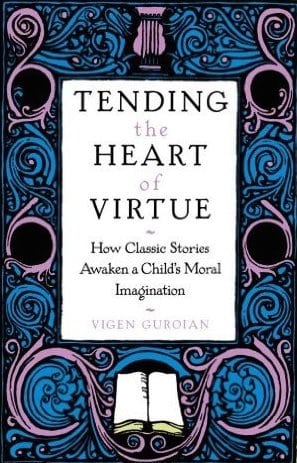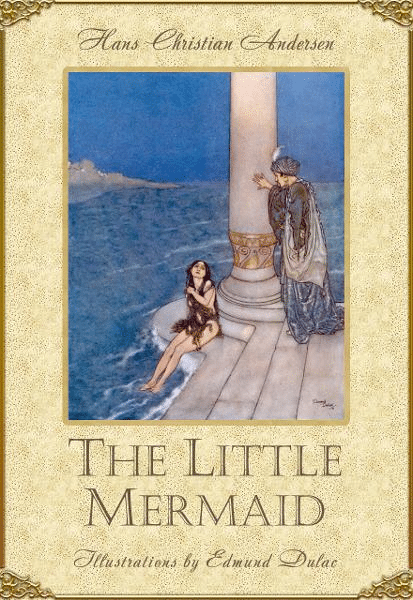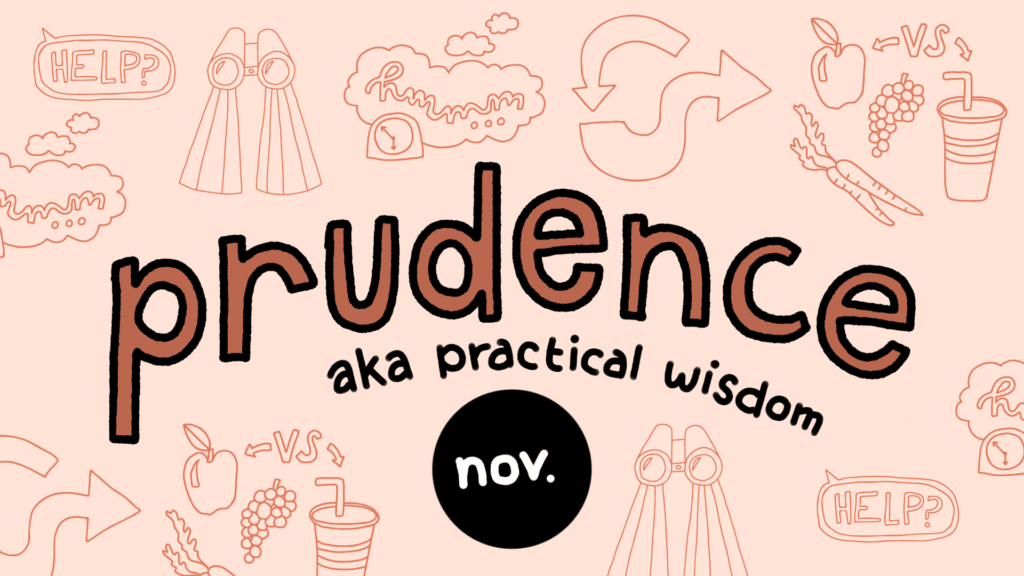{photo by Jenny Bischoff}
We have a new series to introduce!
Classical Character
Mrs. Burns’ Book Review Blog
Last year Jenna Burns brought us Pedagogic Ponderings, a blog review of books on education. This year she brings us Classical Character, a book review blog examining the interplay of classical education and moral instruction. She is seeking answers to this question: How can we as parents, educators, and a school community shape moral children of uncompromising integrity? In her blog she gives us a snapshot of books on this subject with the intention of providing her readers with a manageable dose of practical inspiration. We hope her blog helps you better understand classical education, character building, and our school.
After teaching History and Language Arts at SLOCA UMS for five years, Jenna remains involved in SLOCA and is currently the WASC Accreditation Coordinator.
 This month I’m reviewing Tending the Heart of Virtue by Vigen Guroian. I chose this book to review because its subtitle, How Classical Stories Awaken a Child’s Moral Imagination, jumped out at me in my search for the intersection of classical education and character development. I found his book inspiring! Read this month’s blog to learn Mrs. Burns’ answer to vitamins, discover dissolving mermaids, and get a new perspective on how to nurture your child’s moral formation.
This month I’m reviewing Tending the Heart of Virtue by Vigen Guroian. I chose this book to review because its subtitle, How Classical Stories Awaken a Child’s Moral Imagination, jumped out at me in my search for the intersection of classical education and character development. I found his book inspiring! Read this month’s blog to learn Mrs. Burns’ answer to vitamins, discover dissolving mermaids, and get a new perspective on how to nurture your child’s moral formation.
My husband, Brian, is always pestering me to take my vitamins. I HATE them. They are the size of a school bus and go down just as well. Inevitably, I often “forget” to take them. That is until this week, when everything changed. I discovered the adult gummy vitamin! A serving size is six delicious little gumdrops, so it’s basically a free pass to snack on candy. Needless to say, I’m now religious about taking my vitamins. It became easy, even tempting to make a healthy choice. Now it’s habit.
Vigen Guroian in his book Tending the Heart of Virtue calls parents to display moral behavior as easy and tempting for their children, arguing that if we do, morality will become our children’s habit. Just how can we make behaving well the strongest temptation? His answer is simple: read classical stories to your child. In his book he takes a handful of fairy tales and explains their plots, symbols, and themes with special attention to how they stir the moral and religious imagination. Gurion explores: Pinocchio, The Velveteen Rabbit, The Little Mermaid, The Wind in the Willows, Charlotte’s Web, Bambi, The Snow Queen, The Princess and the Goblin, and the Narnia Chronicles, with a quick look at a handful more. He connects these tales with issues of love, friendship, redemption, courage, and the like. Tending the Heart of Virtue is an easy read and I, especially as a literature nut, found the rapid-fire discussion of so many stories quite fun. For the purposes of this blog we will look at one story, The Little Mermaid, and through it I’ll share my three take-aways from Gurion’s book.
Take-away #1: Stories are effective moral teachers.
 One way to go about fostering character development is to sit down your son or daughter and give a serious lecture. However, “Mere instruction in morality,” Guroian argues, “is not sufficient . . . Instead, a compelling vision of the goodness of goodness itself needs to be presented in a way that is attractive and stirs the imagination,” (20). In other words, it is more effective to woo our children to morality than it is to coerce. In a culture spilling over with compelling visions of depravity where do we look to find examples of goodness that will stir our children’s moral imaginations? Vigen Guroain suggests, “Reading good stories to our children is one small way to begin – and everyone can do it,” (178). The heroes within these timeless tales will spark the best kind of hero-worship in your youngster and yield self-motivated virtuous behavior.
One way to go about fostering character development is to sit down your son or daughter and give a serious lecture. However, “Mere instruction in morality,” Guroian argues, “is not sufficient . . . Instead, a compelling vision of the goodness of goodness itself needs to be presented in a way that is attractive and stirs the imagination,” (20). In other words, it is more effective to woo our children to morality than it is to coerce. In a culture spilling over with compelling visions of depravity where do we look to find examples of goodness that will stir our children’s moral imaginations? Vigen Guroain suggests, “Reading good stories to our children is one small way to begin – and everyone can do it,” (178). The heroes within these timeless tales will spark the best kind of hero-worship in your youngster and yield self-motivated virtuous behavior.
The Little Mermaid, for example, is a story that stirs children’s imaginations. Girls love the Little Mermaid and want to be like her. We see this simply in girls flipping their “fins” in the swimming pool. More complex imitations, however, are possible, as we will see.
Take-away #2: Stories provide children with a script for their own life.
It is the belief of moral philosopher Alasdiar MacIntyre that through reading fairy tales children learn, “what the cast of characters may be in the drama into which they have been born and what the ways of the world are. Deprive children of stories, and you leave them unscripted, anxious stutterers,” (qtd. in Guroian 18).
Take, for instance, the common adolescent right of passage: unrequited love. In that experience, the girl (or boy) faces a crisis: What do I do when I like someone who doesn’t like me back? She is looking for answers, a script to mimic. She may find it in popular songs or television, but let’s hope not. The newest song by Taylor Swift, which hit 10 on the Billboard this week, provides this suggestion: “Tangled up with you all night . . . nothing lasts forever . . . when you leave me . . . say you’ll see me again even if it’s just in your wildest dreams.” Yikes! We do not want our daughters to emulate that.
Where is the moral example for her to follow – one that she will want to follow because the example has stirred her heart and captured her imagination? “When the moral imagination is wakeful,” Guroian explains, “virtues come to life [and] attract and awaken the desire to own them for oneself,” (26 – 27). Let’s say our love-struck daughter has found her script in The Little Mermaid by Hans Christian Andersen. Read to her again and again by her parents before bed, the tale became an imprint on her little heart and mind. What guide would this story provide her?
The Little Mermaid has a full-blown teenager obsession with the prince. “Her one comfort was to sit in her little garden and throw one arm round the beautiful marble statue that looked so like the prince,” (qut. in Guroian 78 – 79). She spends so much time with the statue, in fact, that she neglects her garden. It becomes wild and twisted, the unchecked vines casting “darkness over the place,” (79). Desperate, she makes a deal with the sea-witch: she is given legs, but if the prince should love another, the Little Mermaid will die the morning after he weds.
Tragically for our little heroine, the prince only offers her friendship, and weds a different woman whom he loves. This is where our daughter leans in for her answer. How will the Little Mermaid respond? Will she continue her pursuit and try to break up the wedding? Will she throw herself at another in an effort to make the prince jealous? Will she lash out at him in spite?
At the wedding on board the ship, the Little Mermaid “bravely and without complaint,” accepts her fate, and even, “Laughed and danced with the thought of death in her heart,” (qut. in Guroian 80). The sea-witch, however, provides an escape from death for the mermaid. The prince may take her place, if only the Little Mermaid kill him. It is a tempting offer of revenge and survival. The Little Mermaid sneaks into the honeymoon chamber with knife in hand and, “gazed once again upon the prince who murmured his bride’s name in his dreams. She alone was in his thoughts, and the knife quivered in the mermaid’s hand – but she flung it far out into the waves . . . threw herself from the ship down into the sea, and felt her body dissolving into foam,” (qut. in Guroian 83).
The script is one of self-sacrifice and forgiveness. It provides a path of graceful defeat, inner strength, and contentment. Our disappointed daughter is equipped with an example of integrity to emulate.
Take-away #3: The shock and awe in classical stories has a purpose.
Take it away and you’re left with shallow sentimentality. Present it unapologetically and you have the stalwart stuff that can strike to the heart of a child’s moral imagination.
 A few days ago, Julianna and I were out at Avila on a rare, wonderful foggy day. Julianna, 14 months old, toddled over to the border separating the wet from the dry sand, a vacillating line of crusty foam and seaweed. “Look Julianna – sea foam – that’s the dissolved bodies of dead mermaids.” I regretted it as soon as I said it. How much can toddlers understand? Hopefully not that much.
A few days ago, Julianna and I were out at Avila on a rare, wonderful foggy day. Julianna, 14 months old, toddled over to the border separating the wet from the dry sand, a vacillating line of crusty foam and seaweed. “Look Julianna – sea foam – that’s the dissolved bodies of dead mermaids.” I regretted it as soon as I said it. How much can toddlers understand? Hopefully not that much.
Honestly, Hans Christian Andersen’s Little Mermaid leaves me discontented. Give me instead the butchered Disney version. I like the happy ending! Who doesn’t? But if that were all we had, our lovesick daughter would be robbed of her script. She would be left doubly disappointed, feeling entitled to a happy ending that never came.
As everyone, even children, know, difficulties and disappoints happen in life. Stories – ones with gravitas – can provide our children with a rehearsal for such times. Books can equip young readers with the tools they need to face adversity with moral fortitude. As Guroian puts it: “Why shouldn’t children’s stories arouse deep questionings about the nature of good and evil, about death and what comes after, and about faith and doubt? Do we not risk doing much greater harm to our children if we deny them the opportunities and the possibilities to work through their fears?” (142).
If your impulse, like mine, is to gloss over the shocking bits of classical stories, try instead leaning into them. When a story hits a chord of dissonance within us, it is there that the opportunity for discussion presents itself. It is there a lesson is waiting to be learned.
To summarize, classical stories are an effective tool in character formation because they provide children with compelling examples of morality in action. To put it another way: classical education naturally encompasses character formation through its focus on great books. It’s one reason why SLOCA has put “to be a community that forges character,” as the first part of our mission statement. You just can’t talk about a good book without bumping into opportunities to build character. Peek into a SLOCA classroom and you’re likely to see such an opportunity. “Which of our SLOCA character traits is our protagonist exhibiting?” was a favorite and frequent question in my classroom – and it is a great one to ask at home as well. Those character traits are: citizenship, responsibility, courage, integrity, diligence, resilience, respect, humility, resourcefulness, kindness, gratitude, and stewardship. Not a bad list, right? The challenge is transcribing these virtues on the hearts of our children. At SLOCA, we partner with families to meet this challenge head on, and one of the most important ways we are accomplishing this mission is by reading great literature.
I would recommend Guroian’s Tending the Heart of Virtue to parents of children ages 7 – 12 who want to read stories to their children to aid in character formation but don’t know where to start. His book is a helpful guide to some great tales and you will walk away armed with more life lessons from the Little Mermaid than you ever thought possible.
We will have Tending the Heart of Virtue available to purchase in our school store soon, and we plan to carry the other books reviewed in this series as well.











